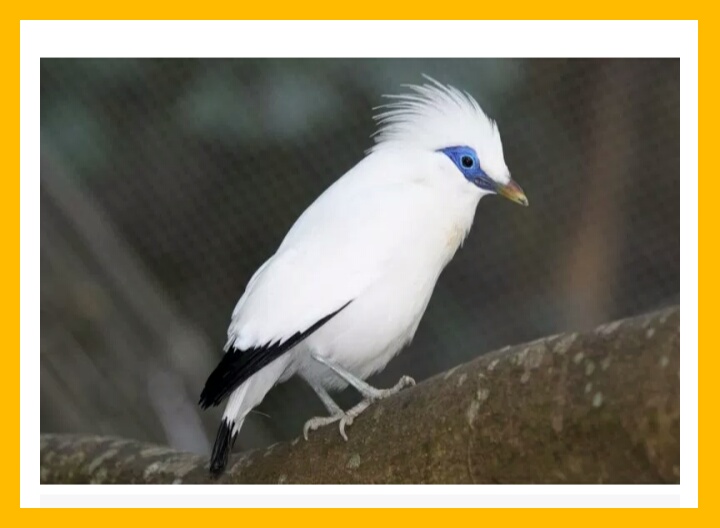Looking at the Business Prospects of Bali Starling Breeding

Protected and rare animals are definitely very expensive. Plunging into the jalak bali breeding business means you have to be willing to spend more. The question of a million people is that it is worth the capital spent with the benefits. Coupled with the management permit process SK for captivity at the Natural Resources Conservation Center which is often considered troublesome.
The answer is definitely profitable. One reason is that this exotic species attracts international attention. Bali starling was recorded in the IUCN Red Data Book data since 1966 and CITES Appendix I in 1970. This indicates how high the value of Bali starlings in the eyes of the international community has the opportunity to soar up the exorbitant prices of these birds.
Other doubts might come from the question: is it hard to breed Bali starlings? The reason is that the bird population in its original habitat has experienced scarcity and is almost extinct. Don't tell me, this white-dominated bird is the type that needs super-tight attention that takes up capital and energy.
The following information may change your views. The Curik Bali Conservation Association (APCB) once provided assistance to 60 starlings, which means 30 pairs to 12 breeding groups in one village in Central Java. The whole bird is the result of captivity in Klaten — Central Java, and Bogor — West Java. Interestingly, this proves that the success of capturing Bali starch is no longer a mere conjecture. In addition to giving an optimistic view of the preservation of Bali starlings, it certainly also fosters confidence in the business side.
The above facts also reinforce the fact that the breeding of Balinese starlings in captivity is relatively faster than natural breeding.
Bradley T Gardner, founder of the Begawan Foundation engaged in the breeding of Bali starlings in Bandung, stated that in 2011, Indonesia received 23 return of Bali starlings to be released in their natural habitat. Among them, 20 starlings were imported from Koelner Zoo in Germany, while 3 others were from Jurong Bird Park, Singapore. Germany and Singapore are foreign territories with environmental conditions that are very different from the original habitat. However, the breeding of Jalak Bali can produce results. Based on logic, breeding Bali starlings in captivity with domestic climates that are in accordance with native habitat is certainly not difficult, right?
Of course if accompanied by adequate knowledge and information related to cultivation in captivity, making business profits with a turnover of tens of millions is no longer just a discourse.
Within a year, a pair of broods can produce tillers up to six times. It is not difficult to find people who want to buy it amidst the rapid spread of information. Even expensive prices make many money-loving bird lovers think this exotic bird is able to raise prestige. Do not be surprised, when in the form of eggs there are many buyers who pivot.
For this reason, if you discuss the prospect of the Jalak Bali breeding business, you could say the benefits are quite tempting. As long as painstaking and patient in caring for starlings in captivity and taking care of the official certificate of captivity, making a rupiah is no longer a difficult matter.

Post a Comment